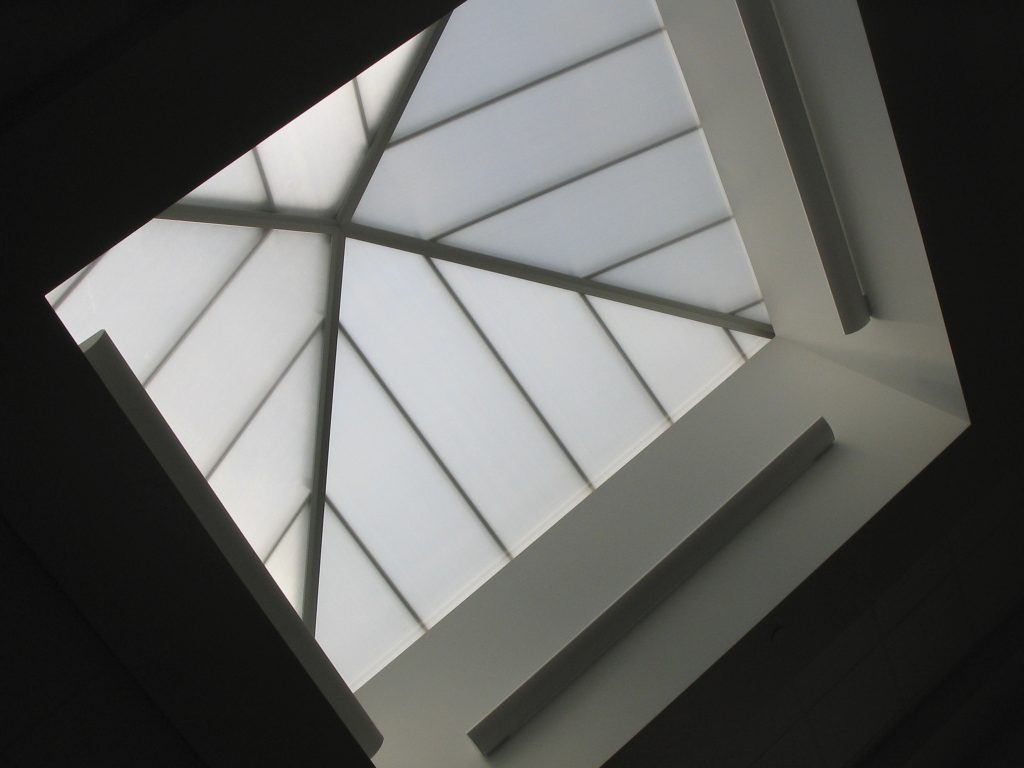Covestro, a strategic supplier to thyssenkrupp Engineered Plastics and a leading manufacturer of polycarbonate materials has announced that they received certification listings for their Makrolon® SK polycarbonate per the International Building Code (IBC) and Miami-Dade regulations. Miami-Dade is known for having one of the most stringent building codes in the nation. Materials meeting this code must undergo a series of tests to ensure the material can withstand the strong hurricane force winds and debris that come with those storms.
 Skylight made from Makrolon SK
Skylight made from Makrolon SK
In a statement from Covestro, the manufacturer of Makrolon®, they stated, ICC-ES Report 2728 evaluated Makrolon SK’s material specifications against 2006, 2009 and 2012 building codes. Specifically, Makrolon® SK light transmission, surface burning characteristics and durability properties were assessed for code compliance.
Miami-Dade NOA 16.0124.01 states Makrolon® SK complies with the stringent requirements of the Florida Building Code including high velocity hurricane zone.
Note: this is a component approval and does not include an evaluation of structural performance in a system.
Covestro has more details published on their site. For more details of regulatory compliance of Covestro products, please visit: http://www.sheets.covestro.com/en/Technologies/Americas/Agency-and-Compliance.aspx or contact Tech Service at sfdinfo@covestro.com
Makrolon® SK sheet is optimized to diffuse and distribute light while maintaining high light transmission, making it the material of choice for daylighting applications by architects and building professionals everywhere. Makrolon® SK is available with a UV enhanced cap layer in both clear prismatic as well as HD smooth and prismatic.
Makrolon® SK can be drape formed or thermoformed for use in contoured applications such as domed skylights. In either flat or contoured geometries, it has higher impact resistance compared to acrylic or glass. Makrolon® SK has a Limited Product Warranty against breakage, yellowing, and loss of light transmission. The terms of the warranty are available upon request.
thyssenkrupp Engineered Plastics is a stocking distributor of Makrolon® and other Covestro polycarbonate materials. With 11 branches in the US tkEP is able to provide Makrolon® materials and other engineering plastics efficiently to your location. We can also provide services including custom cutting and more. For information or to request a quote visit our online catalog at: onlineplastics.com or contact the tkEP branch nearest you by calling 877.246.7700.
